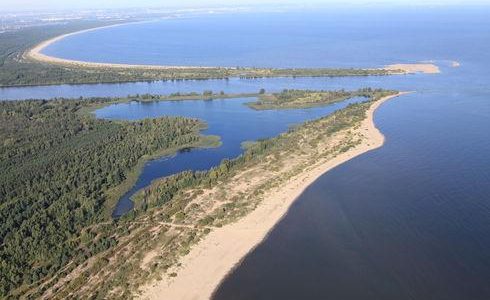The reserve covers mid-forest postglacial lake Kocenko (Klaczyno Male lake) with an area of about 7 hectares, and the surrounding wooded slopes, and the eastern part of the periphery of Lake Potegowskie (Klaczyno Duze) in the northern part of the Mirachowskie Woods. The largest area is covered by beech forests forming an acid beech environment with a very skimpy fleece and some fertile beech wood with fescue in the undergrowth. Mixed forest of beech and oak is present with small patches with the fleece of a boron. In the western part of Lake Kocenko estuaries and in the extreme eastern part of Lake Potegowskie, on the banks of swampy peaty, grow alder and ash trees forming small patches of riparian, unusual due to the lakeside location. Similar patches create a transitional peat composed of alder trees and downy birch, species characteristic of this type of bog habitat. These communities are naturally very valuable and interesting and give the impression of a small, but hardly available wilderness. At the height of the isthmus between Lake Potegowskie and Lake Kocenko, on the southern edge grow dozens of trees species geographically of foreign origin: Douglas fir, from North America and fir trees common to the southern part of Poland. Spruce is also common in the cultivation. They form large patches of shapely stand, which is now the example of the ancient legacy in forestry aimed at enriching the native forests of new economically valuable species. Such introductions are now abandoned due to the protection of the natural biodiversity. Among the herbaceous vegetation of the reserve, there were 3 species subject to strict protection: Lycopodium clavatum occurring in larger patches, stiff clubmoss,and huperzia selago forming a few small clumps. Partial protection is subjected here ivy and Galium ,woodruff growing among beech stand and coral viburnum and buckthorn – shrubs growing on wet habitats.
Note: The “gap” suggests tectonic crack in the rocks, and from a geological point of view at this point is inappropriate. In fact, it is a glacial narrowing trough contraction in over the lakes. The former name of the place visited is called Victor’s Hill (Wzgorze Wiktora).



















